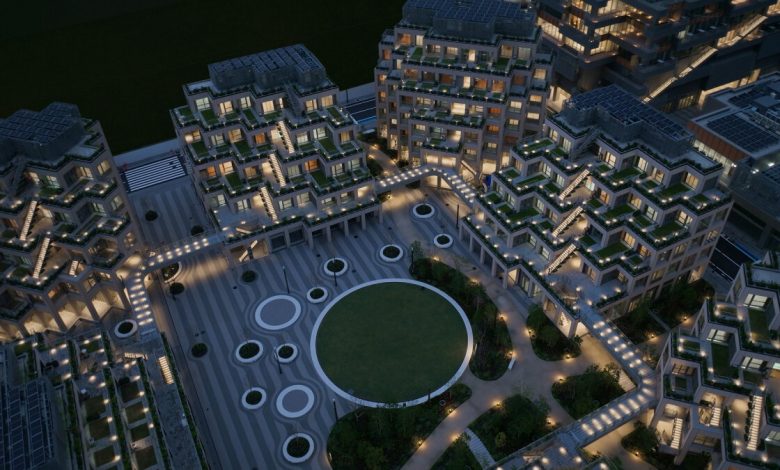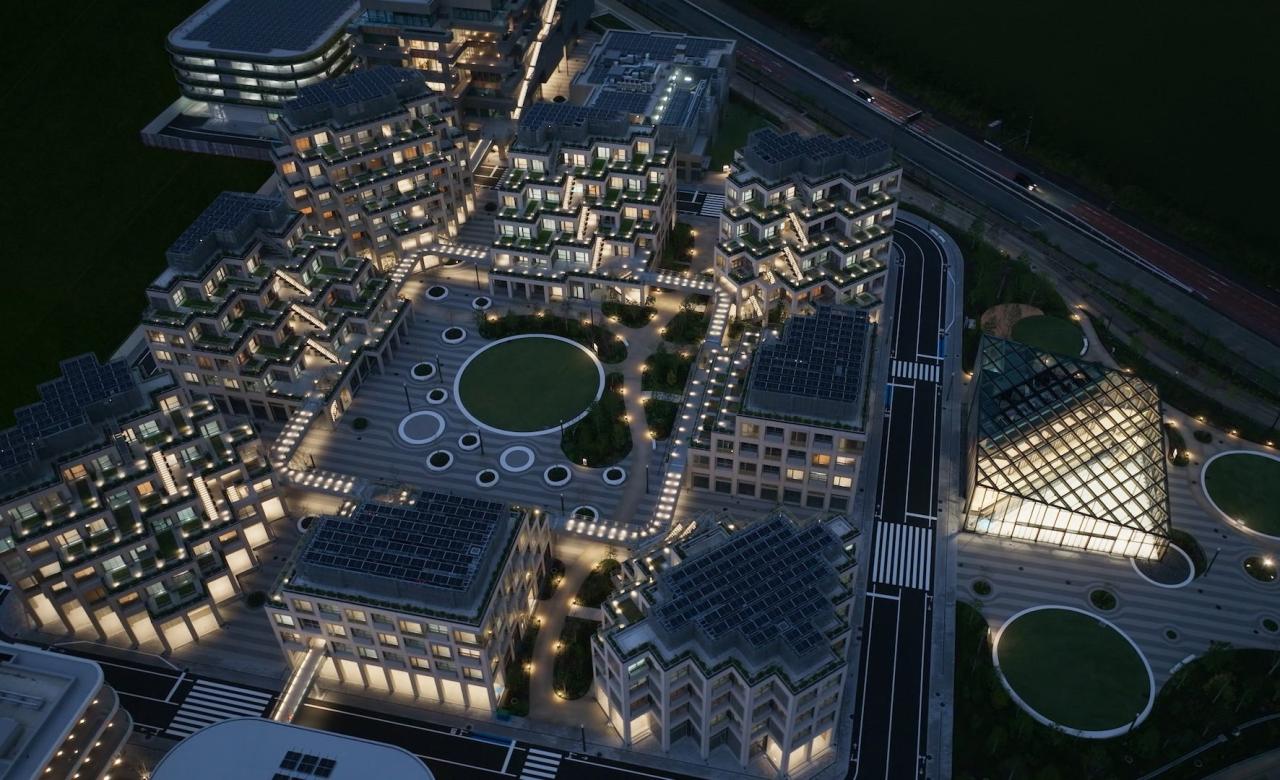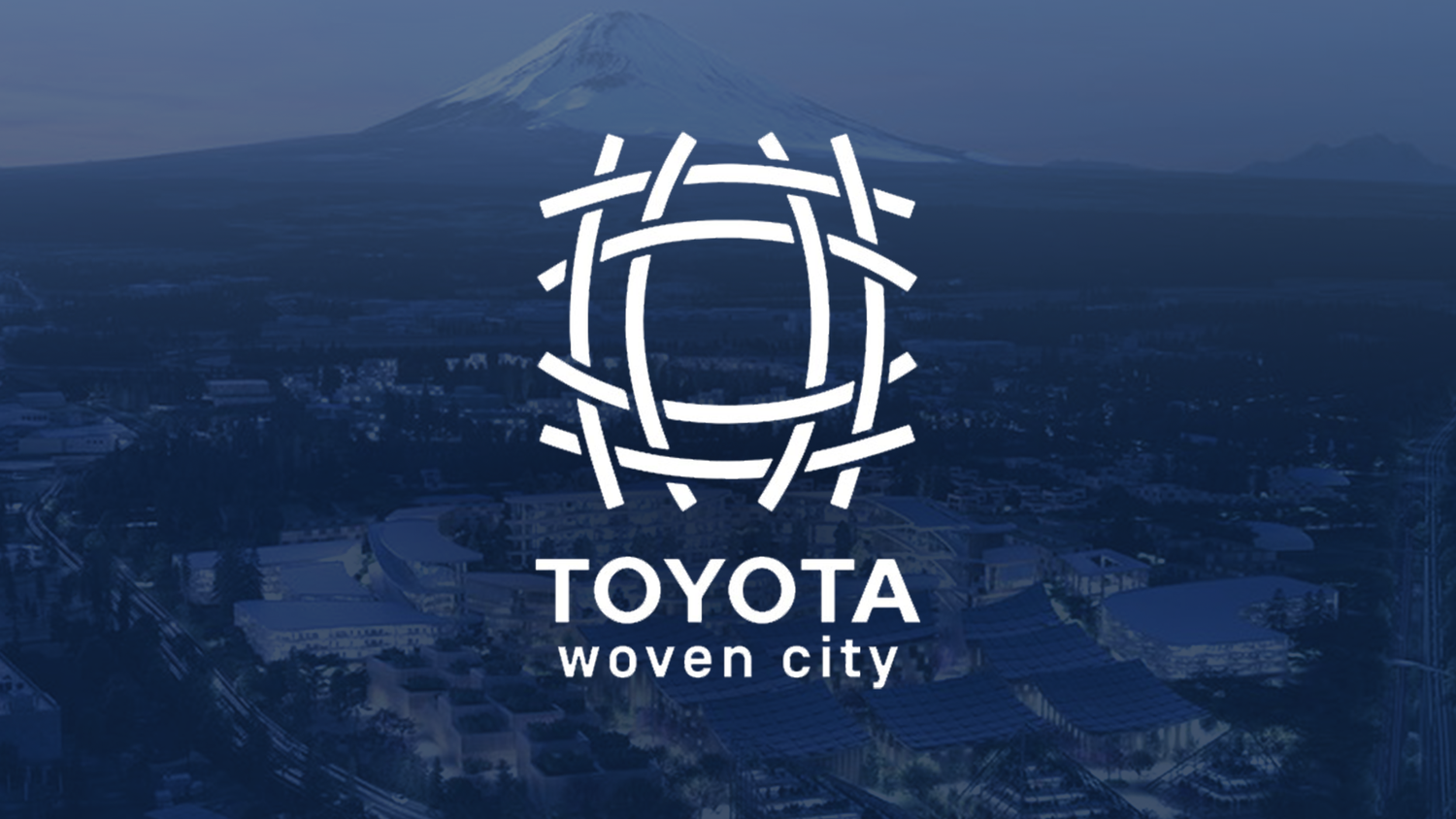Toyota’s Woven City Opens Soon

Toyota’s groundbreaking Woven City project is set to open its gates, representing the most ambitious real-world testbed for future mobility, smart city technology, and sustainable living. This $10 billion prototype city at the base of Mount Fuji will serve as a living laboratory for emerging technologies, housing 2,000 residents in its initial phase. Our comprehensive guide explores everything you need to know about this futuristic urban experiment.
Woven City’s Revolutionary Design
A. Urban Layout & Infrastructure
-
Three Street Types
-
Mobility lanes for autonomous vehicles
-
Pedestrian promenades with greenery
-
Linear parks for recreation and wildlife
-
-
Smart Buildings
-
Primarily constructed from sustainable wood
-
Robotic assistance for daily tasks
-
Hydrogen-powered energy systems
-
AI-managed environmental controls
-
B. Transportation Ecosystem
-
Autonomous e-Palette vehicles as primary transport
-
Personal mobility devices for short distances
-
Underground goods delivery network
-
Integrated air mobility infrastructure
Core Technologies Being Tested
A. Mobility Innovations
-
Autonomous Vehicle Communication
-
Vehicle-to-vehicle networks
-
Infrastructure coordination systems
-
Emergency response integration
-
-
Robotic Assistants
-
Home helper robots
-
Delivery and logistics bots
-
Maintenance and cleaning automatons
-
B. Sustainable Systems
-
Hydrogen fuel cell power plants
-
Smart water recycling networks
-
Vertical farming installations
-
Waste-to-energy conversion
C. Digital Infrastructure
-
City-wide IoT sensor network
-
AI-powered urban management
-
Blockchain-based services
-
Augmented reality interfaces
Resident Experience & Daily Life
A. Living Spaces
-
Smart homes with wellness monitoring
-
Modular apartment designs
-
Shared community facilities
B. Work Environment
-
Toyota research facilities
-
Tech startup incubators
-
Collaboration spaces
C. Health & Wellness
-
Preventive healthcare systems
-
Air quality optimization
-
Stress-reducing urban design
Project Timeline & Expansion Plans
A. Development Phases
-
Phase 1 (2024-2026)
-
Initial 2,000 residents
-
Core infrastructure completion
-
Baseline technology testing
-
-
Phase 2 (2027-2030)
-
Expansion to 5,000 residents
-
Additional residential districts
-
Commercial sector development
-
-
Phase 3 (2031+)
-
Full-scale city operations
-
Technology commercialization
-
Global replication models
-
Participating Companies & Partners
A. Technology Partners
-
NTT (Digital infrastructure)
-
Panasonic (Smart home systems)
-
DENSO (Mobility solutions)
-
MIT Media Lab (Urban design)
B. Research Institutions
-
University of Tokyo
-
Stanford Research Institute
-
Toyota Research Institute
Global Implications & Potential Impact
A. Urban Planning Revolution
-
Blueprint for future cities
-
Disaster-resilient designs
-
Aging population solutions
B. Environmental Benefits
-
Carbon-negative operations
-
Renewable energy models
-
Sustainable material usage
C. Economic Opportunities
-
New mobility business models
-
Smart city technology exports
-
Innovation ecosystem creation
Visitor Information & Public Access
A. Demonstration Areas
-
Technology showcase center
-
Guided tour routes
-
Observation decks
B. Research Participation
-
Resident application process
-
Corporate partnership programs
-
Academic collaboration opportunities
C. Virtual Experience
-
Online city simulator
-
AR/VR tours
-
Live data dashboards
Challenges & Considerations
A. Privacy Concerns
-
Data collection policies
-
Surveillance balance
-
Resident consent frameworks
B. Implementation Hurdles
-
Technology integration challenges
-
Behavioral adaptation
-
Scalability questions
Future Vision & Long-Term Goals

Toyota envisions Woven City as:
-
Template for 100+ sustainable cities
-
Incubator for 1,000+ startups
-
Solution hub for global urban challenges
-
Living showcase of Society 5.0 concepts
